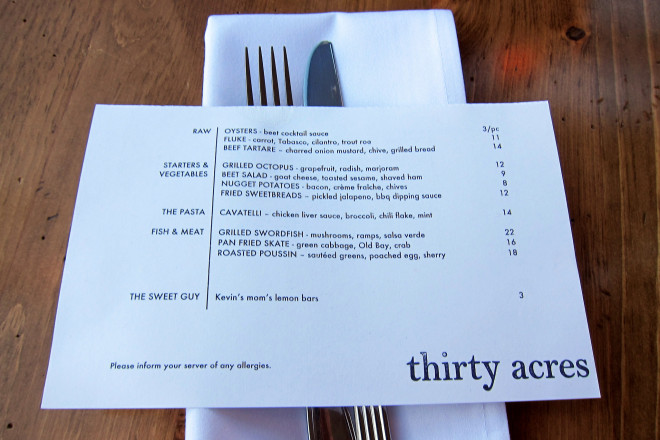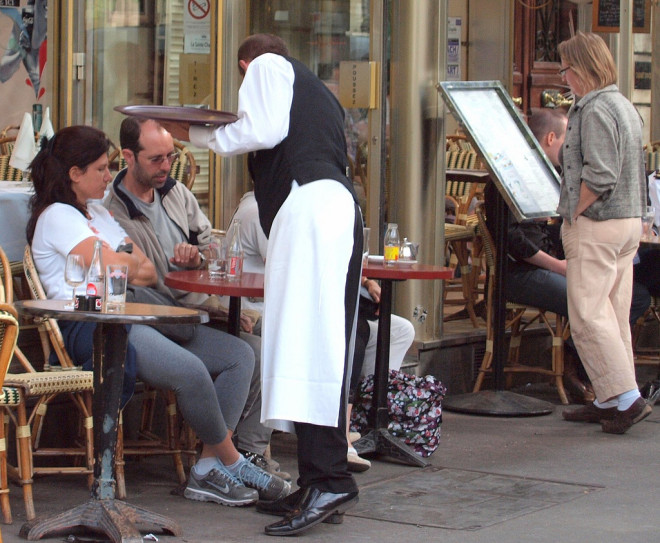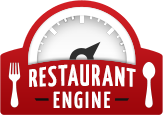Why Shorter Restaurant Menus Are Gaining In Popularity

Shorter menu address the demands of today’s Millennials.
For many years the size of the restaurant menu grew. Diners demanded a plethora of choices with menus that spanned continents and cuisines. Restaurant-goers were often met with bulky, confusing lists of choices. Yet, restaurants thought by offering more options, diners would stay loyal.
Why did menus grow so long and intricate? These in-depth menus were trendy for a while as many restaurants responded to intense competition and consumer demand for more choices. They hoped to attract and keep diners with longer menus.
But now, the opposite is the case. Long-winded menus are no longer in vogue. Shorter restaurant menus are gaining in popularity. According to Harvard Business School, smaller menus are better.
For example, one of the motifs of Gordon Ramsay’s popular television show on Fox TV, 24 Hours to Hell and Back, is an overhaul of a struggling restaurant’s menu. Without fail, every episode involves simplifying the menu. Ramsay often reduces the number of dishes by over two thirds! Then he trains their cooks on a few chef techniques to maximize the quality of their newly constrained menu. The result is fewer ingredients, less food waste, and streamlined kitchen operations.
So, what’s caused the shrinking, shorter menu? There are many reasons.
Diners are now looking for easier-to-read formats. Today’s diner is busy and doesn’t want to be met with hundreds of options when opting to eat out. Today, less is more.
The menu pruning is also a direct nod to a nation full of Millennials. This large group of people values local, flavorful food that is high quality and low cost. They want to customize their meals; they don’t want large confusing offerings.
Restaurants are learning they can no longer be everything to everyone. Millennials are demanding quality, and when menus are longer, quality can suffer.
In the past, restaurants tried to differentiate themselves with the breadth of their menus. Now, restaurants recognize that offering too many choices makes it hard for diners to make a choice. This results in diner confusion. It also increases table turnover time as diners spend extra time looking through large menus.
With a shorter menu, it is easier for customers to remember why they visit a particular restaurant. (tweet this) Diners will remember a restaurant’s specialized cuisine, whereas the five-page menu is easily forgotten. Restaurants are now looking to distinguish themselves based on quality, not the breadth of their menus.
At Restaurant Engine, we have been helping restaurants set up and optimize their menu for online ordering since 2015. Schedule a consultation with us so we can share with you the profitable results of a shorter menu, less food waste, and streamlined kitchen operations.
Small local restaurants and casual dining chains alike are doing an about-face. They are culling their menus and getting rid of costly dishes. Consider the success of limited-menu, fast-casual chains that focus on a particular cuisine, such as Chipotle and Five Guys.
This may seem counterintuitive, but as restaurants are shrinking their menus, there is a trend toward customization as well. Alongside shorter menu come more options for the customer. Let’s take a look again at Chipotle. They have four main items on their menu. However, customers can choose from nearly 20 optional ingredients. They have a short menu, but they offer plenty of customizable options. Again, they are appealing to Millennials.
We mentioned Five Guys earlier. They are the burger specialists and believe less is more. Their success shows the value of a short menu. They only have five core items: burgers, hot dogs, grilled cheese, BLT and a veggie sandwich. Nevertheless, diners can choose from 15 toppings for their custom meal.

Today’s generation wants great tasting, customizable menu items.
These days Americans are more refined in their tastes. They increasingly demand quality over quantity. There is a growing trend towards exotic or locally-sourced foods, and Americans are willing to seek out specialized cuisines. Where before diners judged a restaurant on its broad offerings, today they are judging a restaurant on its specific offerings.
Diners want focused menus. The larger the menu, the more people will wonder if all the food is just mediocre.
After the success of Chipotle and Five Guys, giant chains such as McDonald’s and Red Lobster are putting their menus on the chopping block. They are getting rid of items that cost a lot to make and create service issues.
According to the Washington Post, the country’s 500 largest restaurant chains have cut more than seven percent of food items offered this year. That’s a lot in America’s nearly $700 billion restaurant industry. Hit by several years of an uncertain economy and changing consumer habits, the shorter restaurant menu may be a path to future success for many restaurant owners.
With the less is more menu, restaurants can focus on making excellent, delicious dishes. (tweet this) They can provide faster service and hotter food. A shorter menu also leads to lower costs, lower prices and higher profits. When a restaurant offers a shorter menu, they can cut costs while making sure their most popular menu items consistently taste great.
After years of adding and adding, restaurants have gotten to the point where too much is just too much. Not only do customers demand a smaller menu, but restaurants have gotten bogged down in their menus. Employees find them difficult to work with, food inventories must be kept at higher levels, and chefs can’t focus on quality.
Long menus are often more costly than shorter ones. This is another reason why shorter menus are gaining in popularity. When restaurants trim their menus, it is an easy way to cut costs. By offering fewer items, restaurants can better standardize food quality, avoid waste (they don’t have to maintain a deep inventory) thus boosting profit margins by spending less and perhaps charging more.
As smaller menus become the norm, restaurants can also save money on menu printing. Smaller menus require less print space. Restaurants can focus on menu engineering – the mechanics of laying out their menu. Shorter menus are often simple with easy-to-read fonts. This simplicity appeals to people in 2015 as they go about their busy day. They know at-a-glance what a restaurant offers and what they can expect.
Menus are marketing tools. They are often the first or second printed piece of material customers see. The shorter menu is more visually appealing, and if restaurants follow the latest trends in menu design, the shorter menu is sure to be a crowd pleaser.
The trend toward shorter menus should continue. Take a look around your city and note the new restaurants and their relatively sparse menus. This is a testament to the movement towards focused, specific restaurant menus. These start-up restaurants continue to prompt larger food chains to follow suit. Include in that list the growing number of food trucks, pop-restaurants and single-item restaurants, and the trend towards simplicity and focus in the restaurant menu is sure to continue.
If you are ready to trim the excess from your menu and focus on your specialty dishes, test the waters. Ask your loyal customers about their favorite dishes. Trimming a menu can be difficult for some diners, so the best place to start is with your dishes that are seldom ever ordered. Use Chipotle and Five Guys as your model as you move forward in trimming your own menu.
Have you recently shortened your menu? Or, did you just open a restaurant with a highly specific menu? If so, please share what’s worked for you and what hasn’t. Are your customers happy? We’d love to hear your experiences.
Images: Zoetnet and Wally Gobetz


This is good for restaurants
بازسازی ساختمان–تخریب ساختمان–تست جوش–تست خاک